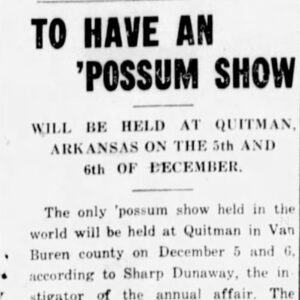 Possum Show Article
Possum Show Article
Entry Category: Recreation
 Possum Show Article
Possum Show Article
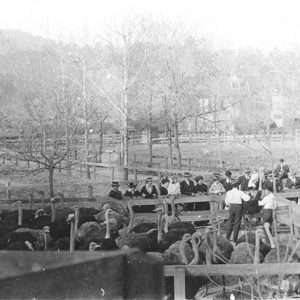 Ostrich Farm
Ostrich Farm
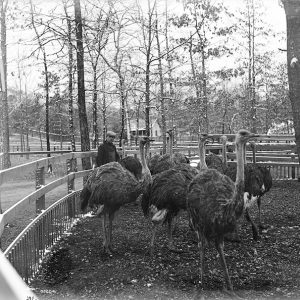 Ostrich Farm in Hot Springs
Ostrich Farm in Hot Springs
Ostrich Farm in Hot Springs
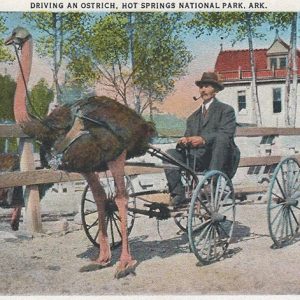 Ostrich Farm Postcard
Ostrich Farm Postcard
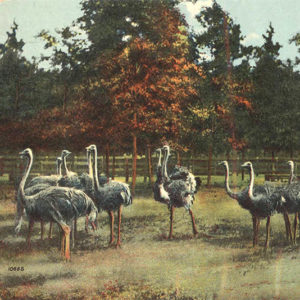 Ostrich Flock
Ostrich Flock
 Ostrich Hatchlings
Ostrich Hatchlings
Ouachita National Forest
Ouachita National Recreation Trail
 Freeman Owens Exhibit
Freeman Owens Exhibit
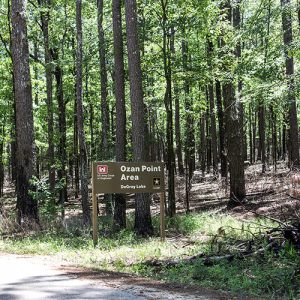 Ozan Point
Ozan Point
Ozark Arts and Crafts Fair
aka: War Eagle Fair
 Ozark Folk Center
Ozark Folk Center
 Ozark Folk Center
Ozark Folk Center
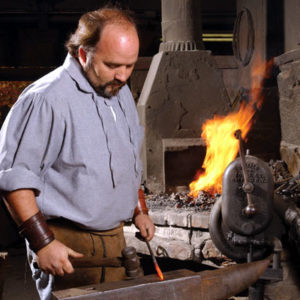 Ozark Folk Center Blacksmith
Ozark Folk Center Blacksmith
Ozark Folk Center State Park
Ozark Foothills FilmFest
 Ozark Frontier Trail Festival
Ozark Frontier Trail Festival
Ozark Golden Wedding Jubilee
Ozark Highlands National Recreation Trail
Ozark Mountain Folk Fair
Ozark Mountain UFO Conference
aka: Ozark UFO Conference
 Ozark Queen Display
Ozark Queen Display
Ozark-St. Francis National Forests
 Pageant Program, 1954
Pageant Program, 1954
 Paris Masonic Lodge
Paris Masonic Lodge
Parkin Archeological State Park
 Parkways Association Formation Story
Parkways Association Formation Story
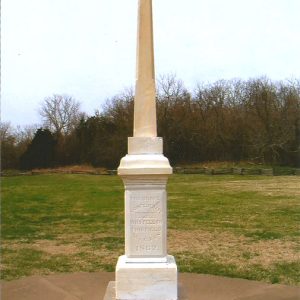 Pea Ridge Confederate Monument
Pea Ridge Confederate Monument
Pea Ridge Mule Jump and Show
Pea Ridge National Military Park
 Pea Ridge National Military Park
Pea Ridge National Military Park
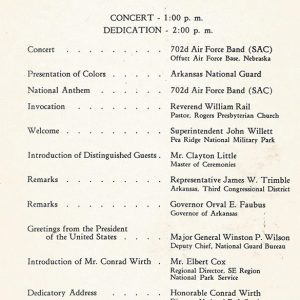 Pea Ridge Dedication
Pea Ridge Dedication
 Peach-Eating Contest
Peach-Eating Contest
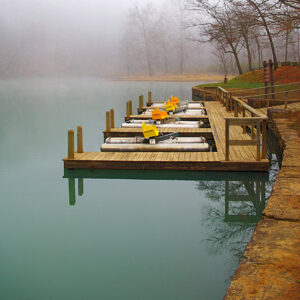 Pedalboat Dock
Pedalboat Dock
 Petit Jean Mountain View
Petit Jean Mountain View
Petit Jean State Park
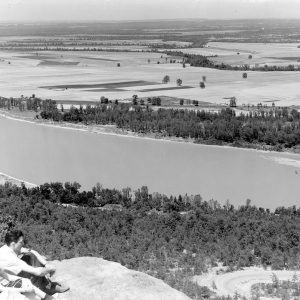 Petit Jean State Park
Petit Jean State Park
 Petit Jean State Park
Petit Jean State Park
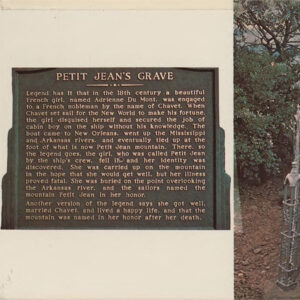 Petit Jean's Grave
Petit Jean's Grave
 Pickle-Eating Contest at Atkins Pickle Festival
Pickle-Eating Contest at Atkins Pickle Festival
 Pig Trail Sign
Pig Trail Sign
 Pig Trail North
Pig Trail North
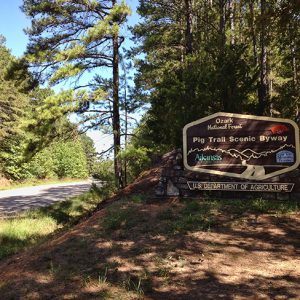 Pig Trail South
Pig Trail South
Pig Trail Scenic Byway
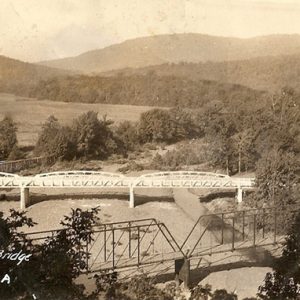 Pig Trail Bridge
Pig Trail Bridge
Pine Bluff Film Festival
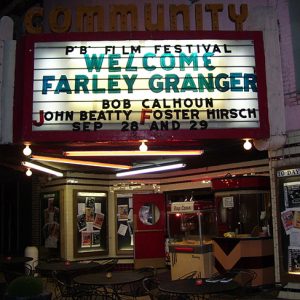 Pine Bluff Community Theater
Pine Bluff Community Theater
 Pine Bluff Film Festival Discussion
Pine Bluff Film Festival Discussion




